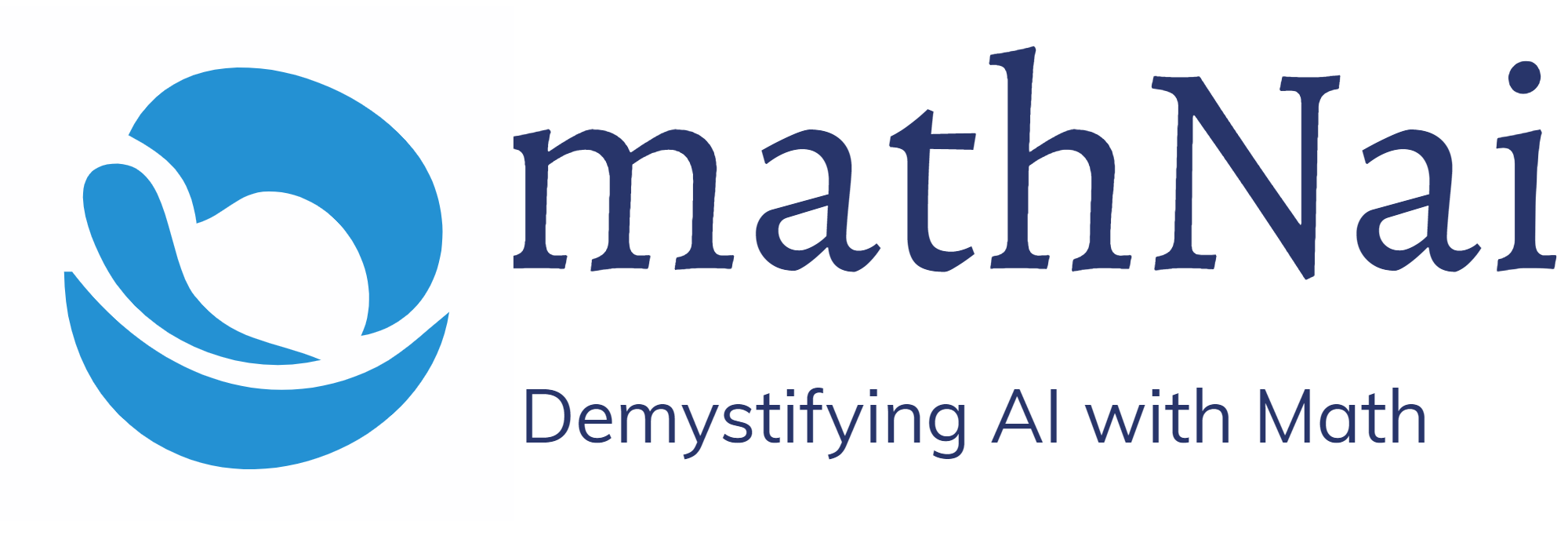As data processing and storage requirements continue to grow, developers are constantly searching for the most efficient and effective ways to manage data. One of the most popular solutions for big data processing is Apache Spark and PySpark, which are widely used in data engineering and data science projects.
Table of Contents
When working with big data in PySpark, you will often have to choose between different file formats to store your data. Two popular formats are Delta and Parquet. In this post, we will take a closer look at these formats, their differences, and when to use them.
What is Delta?
Delta is a transactional storage layer built on top of Apache Parquet. Delta was developed by Databricks, the same company that developed Apache Spark. Delta provides features such as ACID transactions, scalable metadata handling, and data versioning, which are not available in traditional file formats like Parquet.
Delta has some features that make it more efficient and easy to use than Parquet. For example, Delta can handle updates and deletes in a more efficient manner than Parquet. Delta also has built-in support for schema enforcement, which makes it easier to maintain data integrity. Delta can also automatically optimize data organization, making queries more efficient.
What is Parquet?
Parquet is a columnar storage format that is optimized for big data processing. It is designed to store and process large amounts of data efficiently. Parquet is highly compressed, making it an excellent choice for storing large datasets. It also supports schema evolution, which means that the schema of the data can evolve over time without having to rewrite the entire dataset.
Parquet is highly popular in the Hadoop ecosystem, where it is used with tools like Hive, Impala, and Pig. Parquet is also supported by many other big data tools, including Apache Spark.
Delta vs Parquet: Comparison
Now that we have a basic understanding of Delta and Parquet, let’s compare them in more detail:
- ACID Transactions: Delta provides ACID transactions, which allow for atomic, consistent, isolated, and durable changes to data. Parquet, on the other hand, does not provide ACID transactions.
- Data Updates: Delta can handle updates and deletes efficiently, while Parquet is a write-once format, meaning that once data is written, it cannot be changed.
- Schema Enforcement: Delta has built-in support for schema enforcement, which ensures that data conforms to a specific schema. Parquet does not provide this feature.
- Data Versioning: Delta provides support for data versioning, allowing you to easily track changes to your data over time. Parquet does not provide this feature.
- Query Optimization: Delta automatically optimizes data organization, making queries more efficient. Parquet does not have this feature.
When to use Delta vs Parquet
Now that we understand the differences between Delta and Parquet, the question is when to use which format. Here are some guidelines:
Use Delta when:
- You need ACID transactions.
- You need to update or delete data.
- You need schema enforcement.
- You need data versioning.
- You want automated data organization optimization.
- You need a high degree of reliability and data consistency.
Use Parquet when:
- You don’t need ACID transactions.
- You don’t need to update or delete data.
- You don’t need schema enforcement.
- You don’t need data versioning.
- You want fast query performance on large datasets.
Conclusion
In conclusion, Delta Lake and Parquet are two popular data storage formats in the big data world. While Parquet is a columnar storage format that offers high compression and query performance, Delta Lake is a transactional storage format that provides ACID transactions and stream processing capabilities.
When deciding between the two, it’s important to consider the specific use case and requirements of your project. If you need to support transactional updates and stream processing, Delta Lake is the better choice. If query performance is a top priority and transactions are not needed, Parquet is a good choice.
In addition, it’s worth noting that Delta Lake can be used on top of Parquet files, providing the benefits of both formats. Ultimately, the choice between Delta Lake and Parquet comes down to the specific needs and goals of your project.
